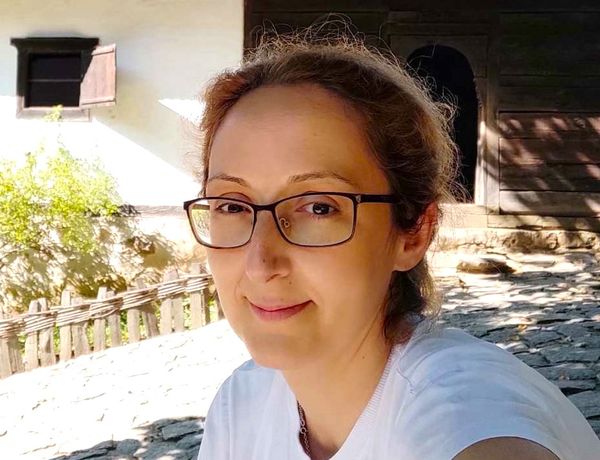
Magyaregregy, Ungarn
Residenziale - Villa
Dear client,
This project features a modern, minimalist approach to modular cluster architecture. In response to strict building regulations and the your aspiration for functional simplicity, the design introduces a thoughtfully dispersed cluster of pavilion-style units, harmonized by material consistency, scale, and connection to nature.
Inspired by the design of Farnsworth house, disposition of units was guided by idea that each unit should have broad views to the surroundings,
The use of extensive glazing dissolves the boundary between interior and exterior, while integrated shading devices—such as steel pergolas, deep roof overhangs, and interior blinds—ensure comfort without disrupting the clean visual language.
Units are interconnected through open passages, covered with steel pergola with movable shading elements. If preferred, these open passages can become closed hallways, by adding glass panels on the sides.
They are arranged in a way that each unit has enough sunlight (not to be over shaded by other units) and a small private outside area of its own. One large common area (outside dining area) is formed between units 1 (living room) and 2 (kitchen/dining).
For the later stages of building development, a swimming pool is planned in the center of the complex. But at the moment, this central area can stay as it is, without decking, just paved paths between units should be formed.
Units 3 and 4 with utility unit 5 and technical unit 6 form a mini cluster of its own. They are interconnected with open transition path, covered with steel pergola. They are slightly detached from the units 1 and 2 to secure privacy and peace if needed.
In attached drawings, there are two possible overall layout options (site plane 1 and 2), showing different landscape solutions.
Steel construction was chosen with large glass openings - sliding doors and canopy (roof overhang) for shades. Floor is formed on a steel rectangular frame, raised 30cm from the ground and insolated, to avoid moisture problems. The units stands on concrete footings. Main frame is made of steel columns and beams, forming a rectangular box.
The walls are filled with insulation, with dry boards on the interior side and wooden cladding on the outside.
The roof is flat, with a minimum fall and aluminum or wooden mask to resemble concrete slab.
Units 1, 2, 3 and 4 have the same gross area 4.5 x 7.5m, while units 5 and 6 are 3.76x6.20m.
Spatial Composition and Program
Unit 1 – Living Pavilion
The central gathering space includes two comfortable sitting sets arranged around a fireplace.
Unit 2 – Kitchen & Dining Pavilion
This unit contains a fully equipped kitchen, an indoor dining space, and a compact toilet. It opens directly onto an outdoor dining area, which connects seamlessly with Unit 1 through a steel pergola, offering a shaded, semi-open space ideal for shared meals and gatherings.
Unit 3 – Master Suite
Features a bedroom with a double bed, a private gym/yoga room for two, and a separate toilet. It acts as a personal retreat within the cluster.
Unit 4 – Guest Suite
Similar to Unit 3 in layout, but the gym space is replaced by a second bedroom, making this unit suitable for guests or family members.
Unit 5 – Auxiliary Services Pavilion
This utility building supports daily comfort and hygiene, with two showers, a toilet, and a changing room. The corridor integrates a designated zone for a washing machine and water heater, making this unit the practical heart of the compound.
Unit 6 – Technical Hub (approx. 18 m²)
Houses the surge tank, electricity connection, and the central heating system powered by wood. It ensures discreet but efficient technical operation of the retreat.
Design Flexibility and Phasing
The clustered configuration allows the project to be built in stages, with the possibility to add more bungalows or amenity spaces in the future. Each new unit will respect the original architectural language and spatial rhythm, ensuring cohesion over time.
Best regards!